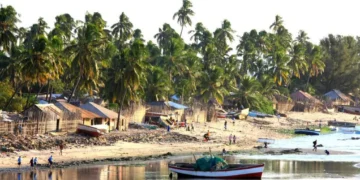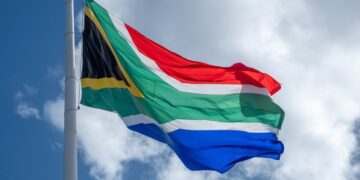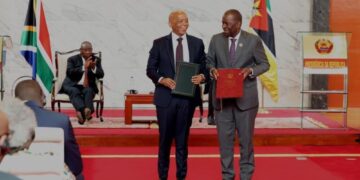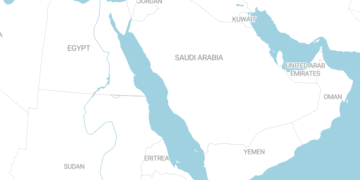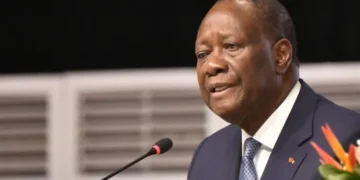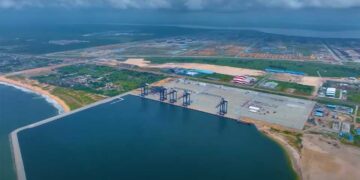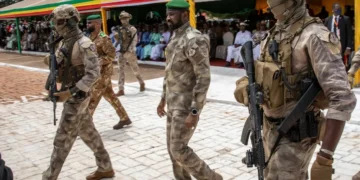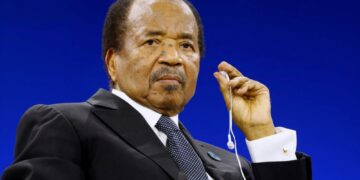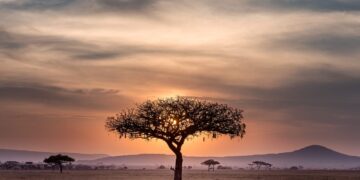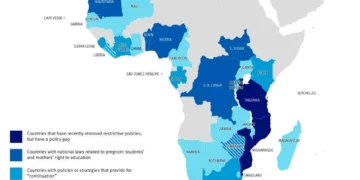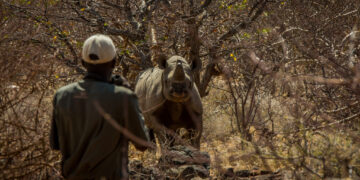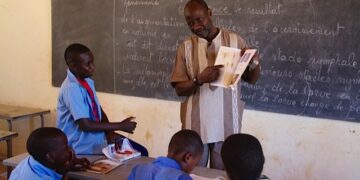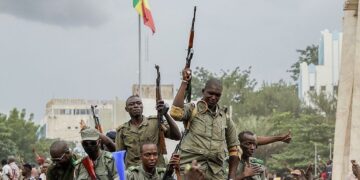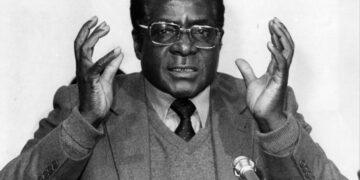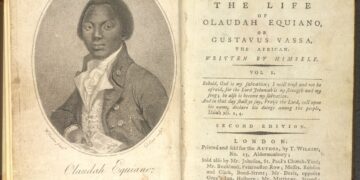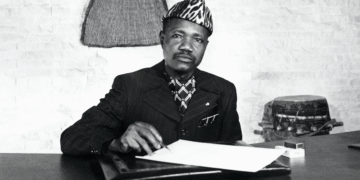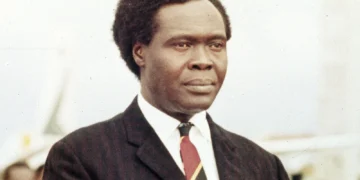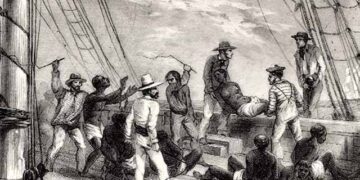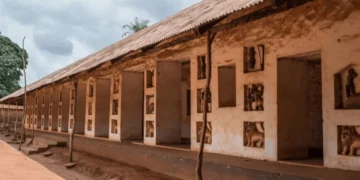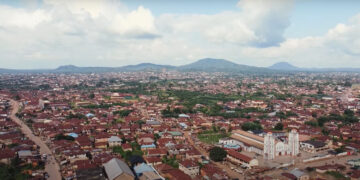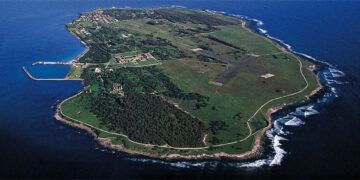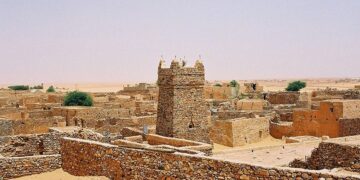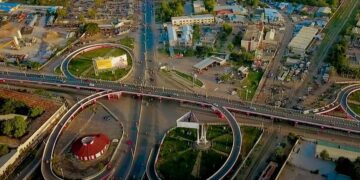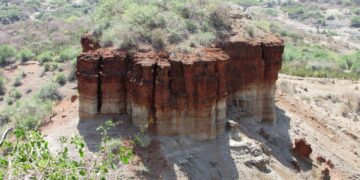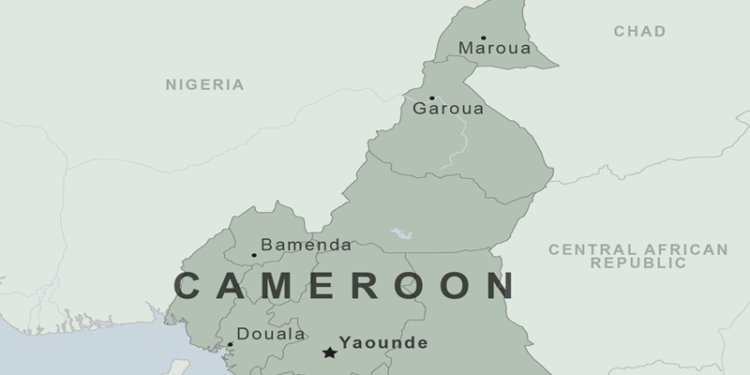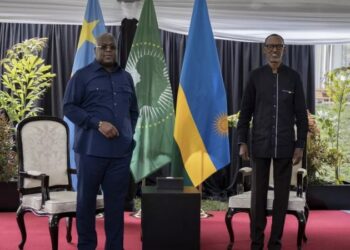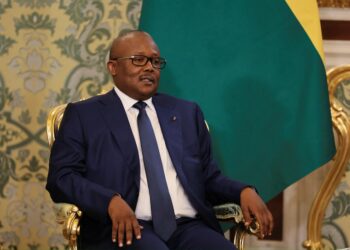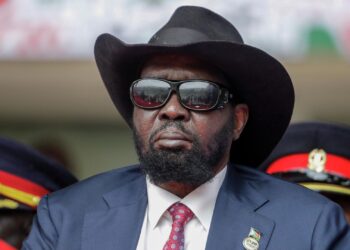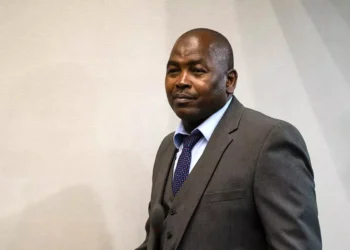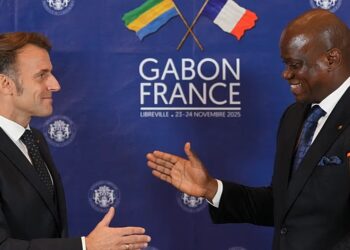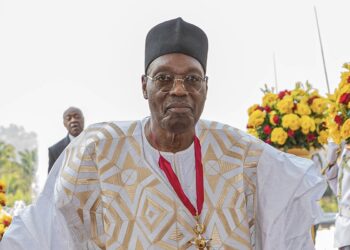Cameroon is a sovereign state in in Central Africa. Also known officially as the Republic of Cameroon. However, it shares boundaries with Nigeria to the west and north, Chad to the northeast, the Central African Republic to the east, and Equatorial Guinea, Gabon and the Republic of the Congo to the south.
The country’s name is derived from Rio dos Camarões (“River of Prawns”)—the name given to the Wouri River estuary by Portuguese explorers of the 15th and 16th centuries.
Its ethnically diverse population is among the most urban in western Africa. The capital is Yaoundé, located in the south-central part of the country.
But, due to its strategic position at the crossroads between West Africa and Central Africa, it has been categorized as being in both camps. Its nearly 27 million people speak 250 native languages, in addition to the national tongues of English and French, or both.
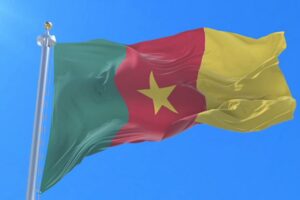
In Cameroon, there are three main linguistic groups: the Bantu-speaking peoples of the south, the Sudanic-speaking peoples of the north, and those who speak the Semi-Bantu languages, situated mainly in the west.
However, almost two-fifths of the population is Roman Catholic, and more than a quarter is Protestant. Sunni Muslims account for about one-fifth of the population. Adherents of animist or traditional religions account for a small percentage of believers.
Similarly, the oldest inhabitants of the country are the Pygmies, locally known as the Baguielli and Babinga, who live in small hunting bands in the southern forests. They have been hunters and gatherers for thousands of years, although their numbers have consistently diminished with the decline of the forests in which they dwell.
Though, European missions and colonization led to the introduction of European languages. During the colonial era, German was the official language; it was later replaced by English and French, which have retained their official status.
While large numbers of Cameroonians live as subsistence farmers. The country is often referred to as “Africa in miniature” for its geological, linguistic and cultural diversity. Its natural features include beaches, deserts, mountains, rainforests, and savannas.



